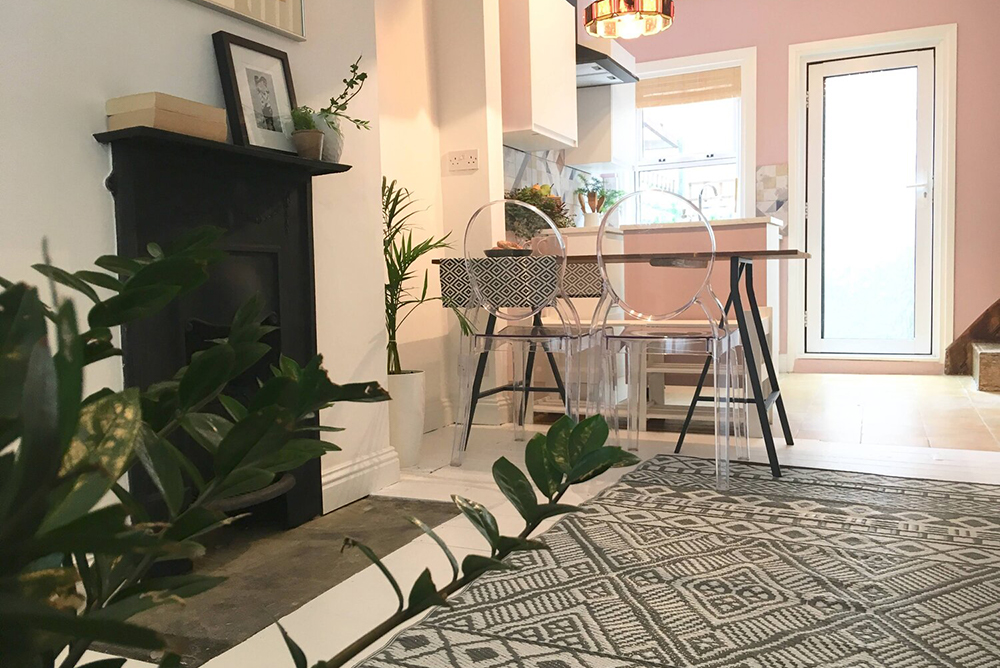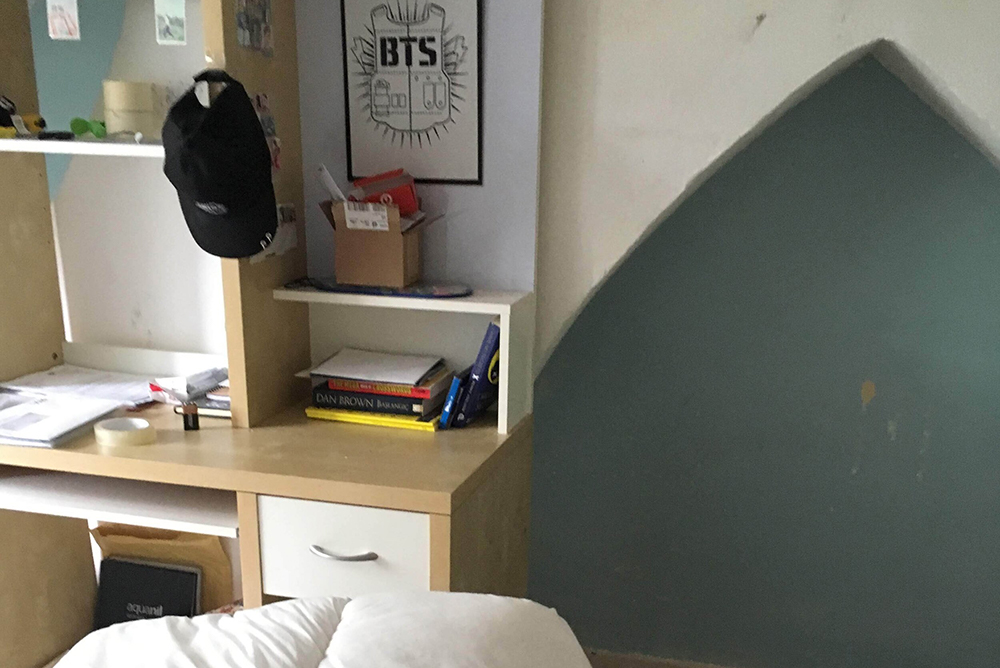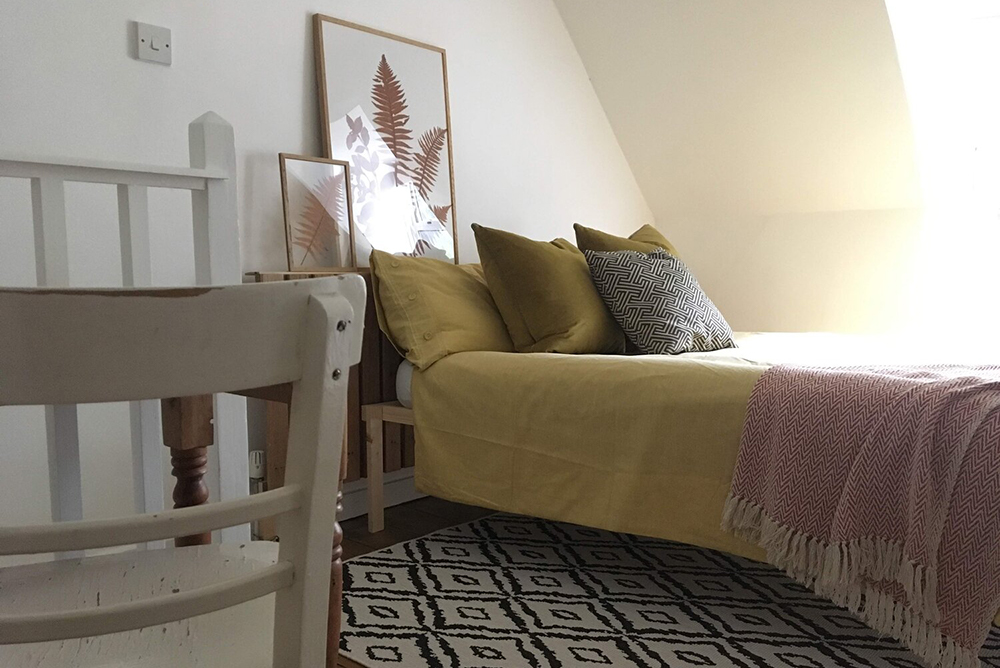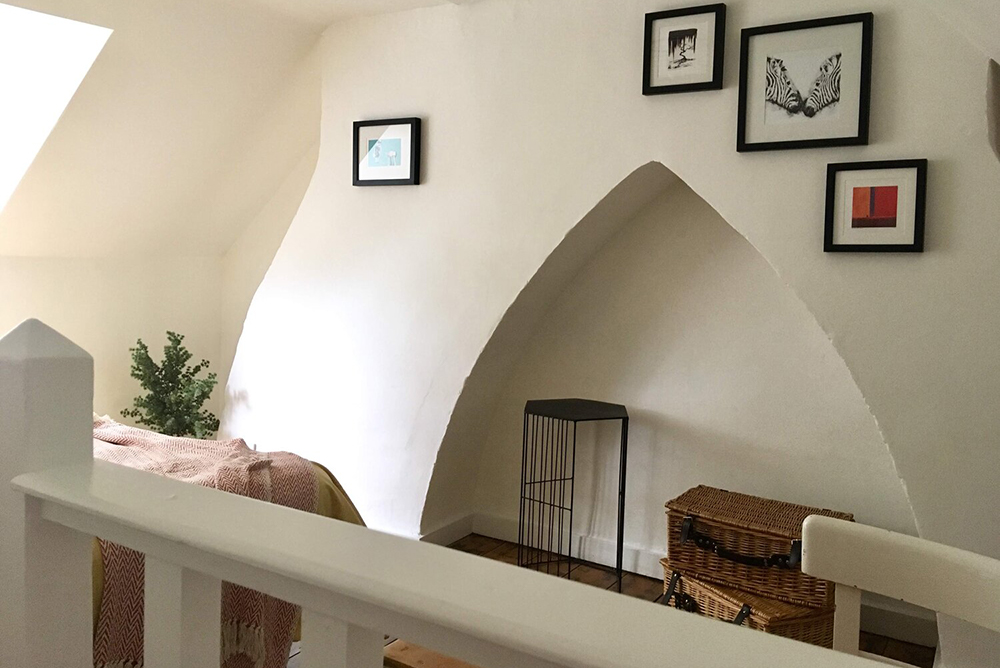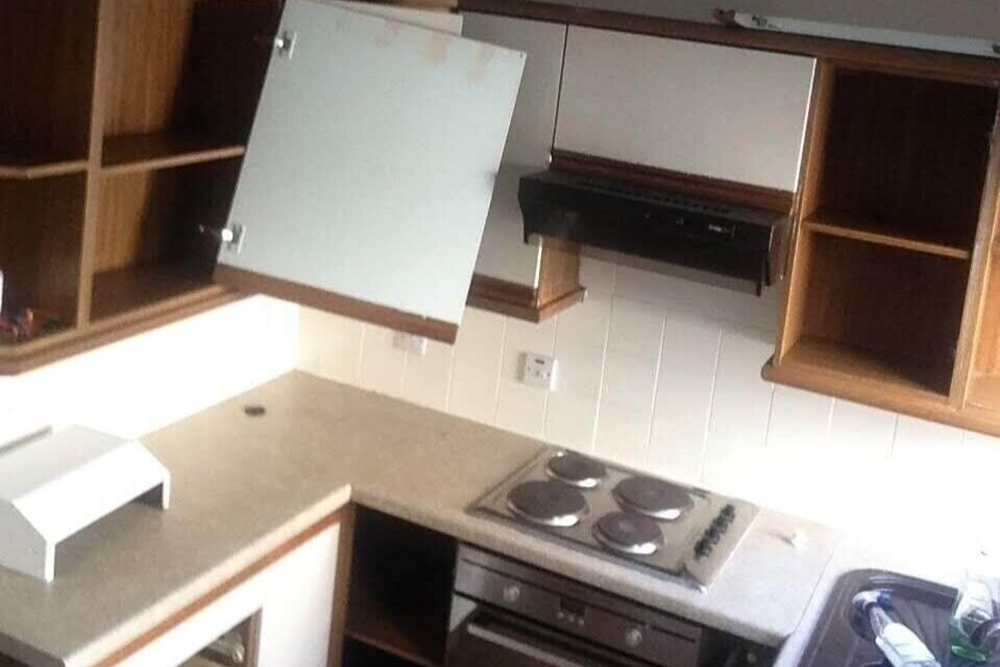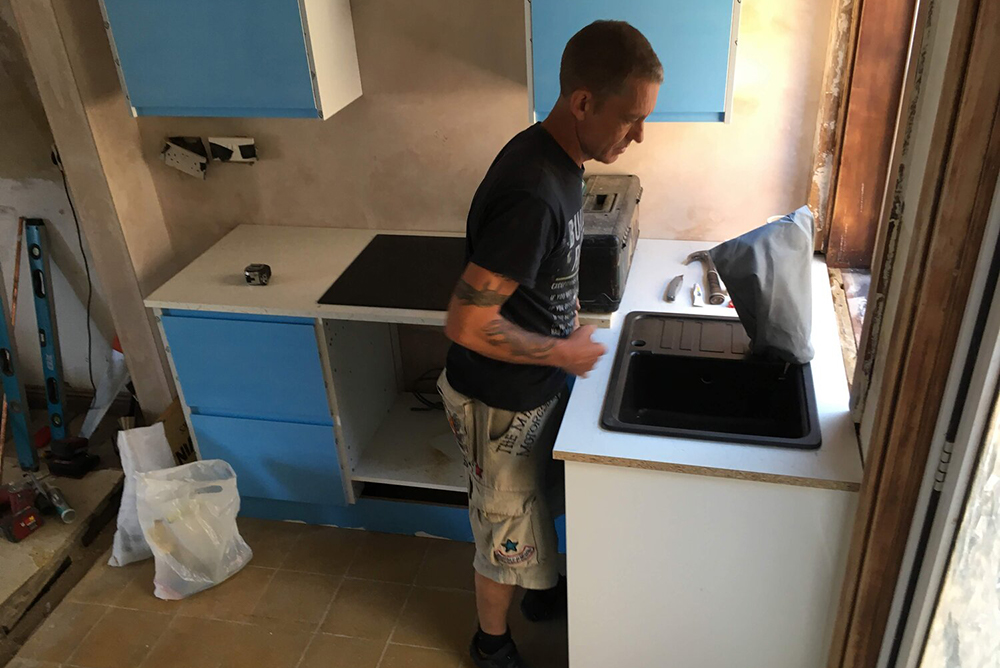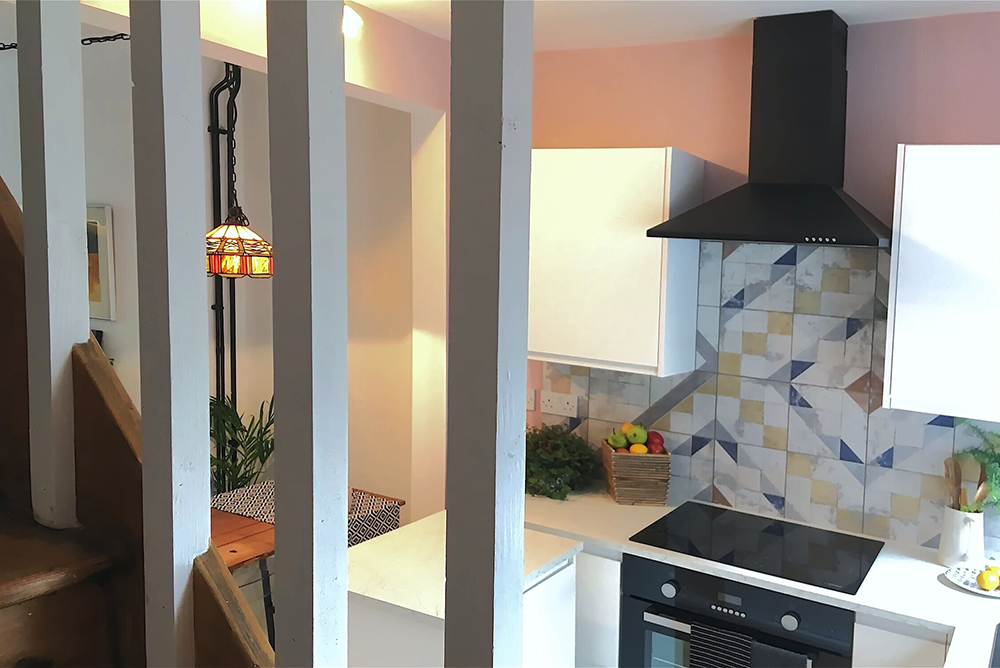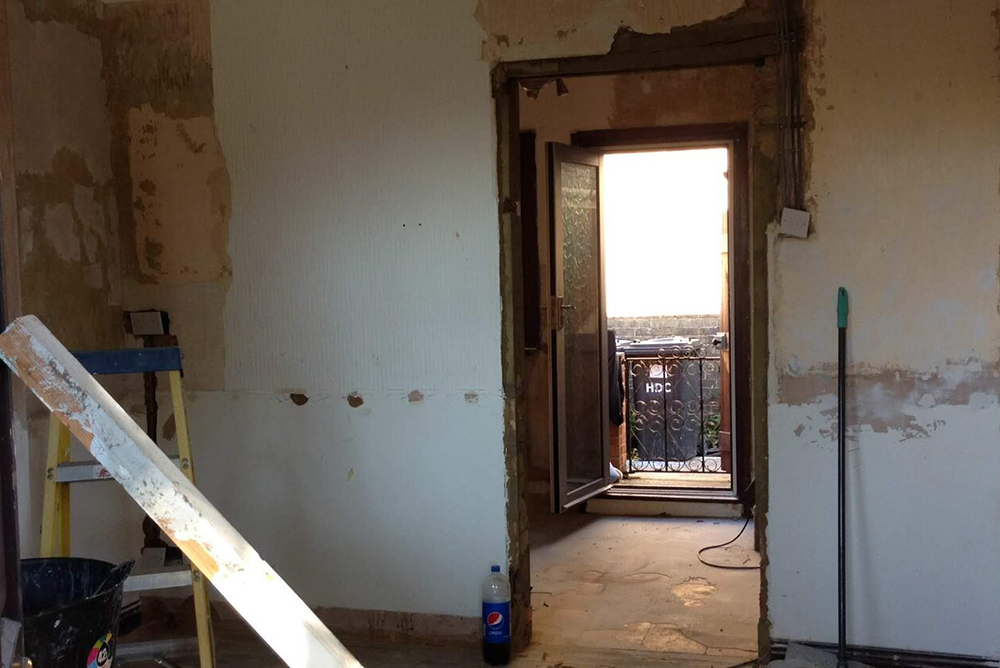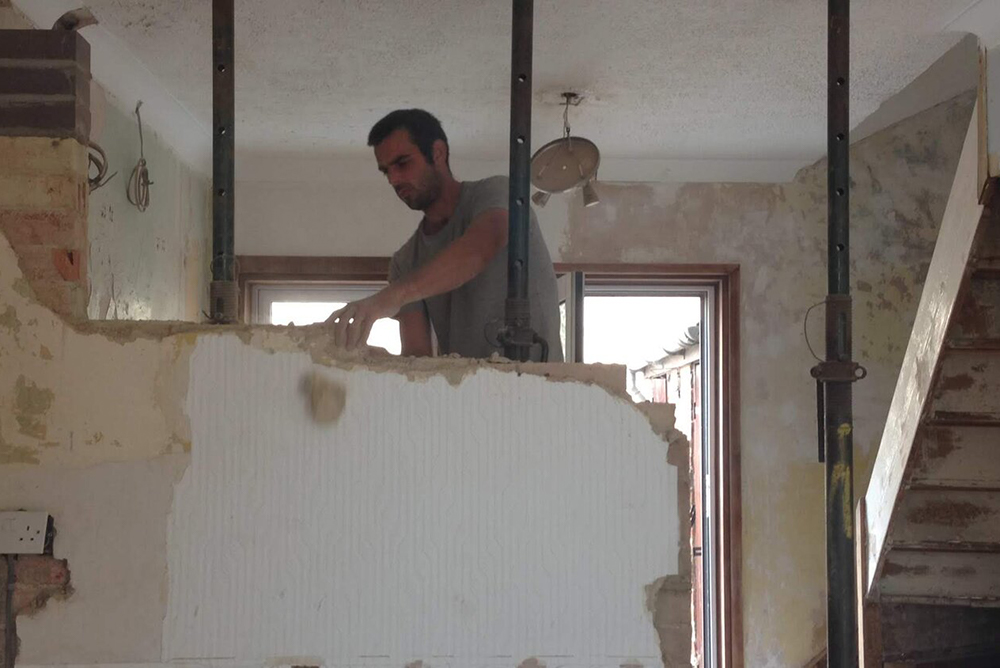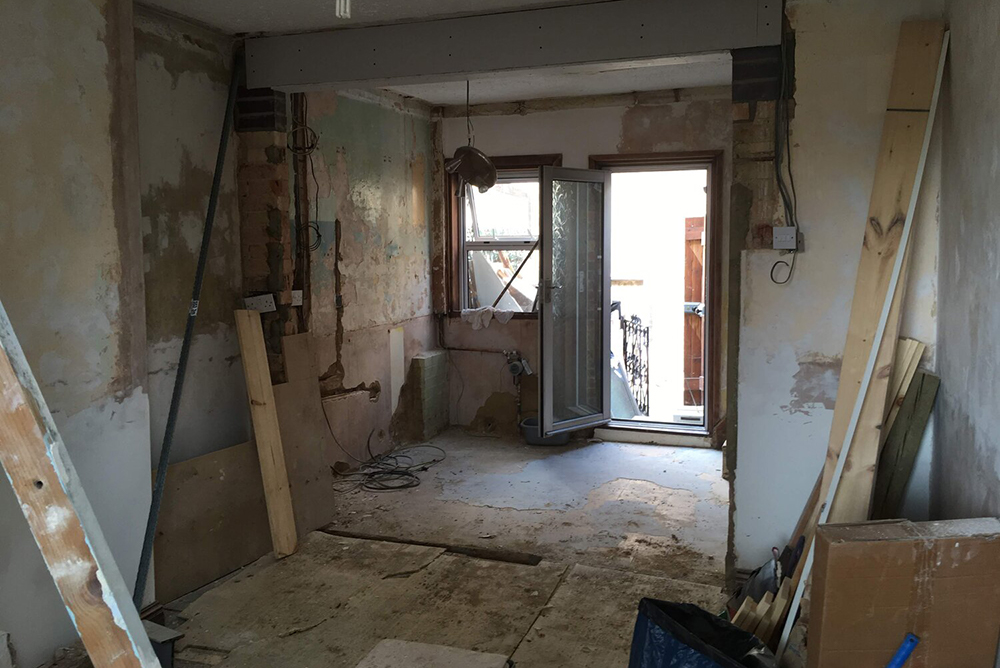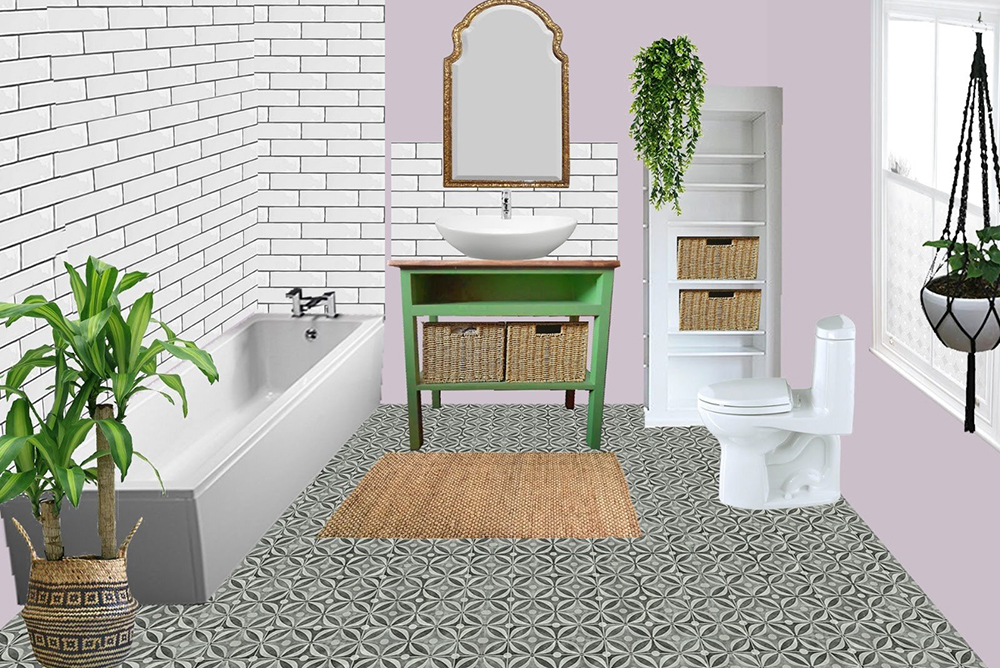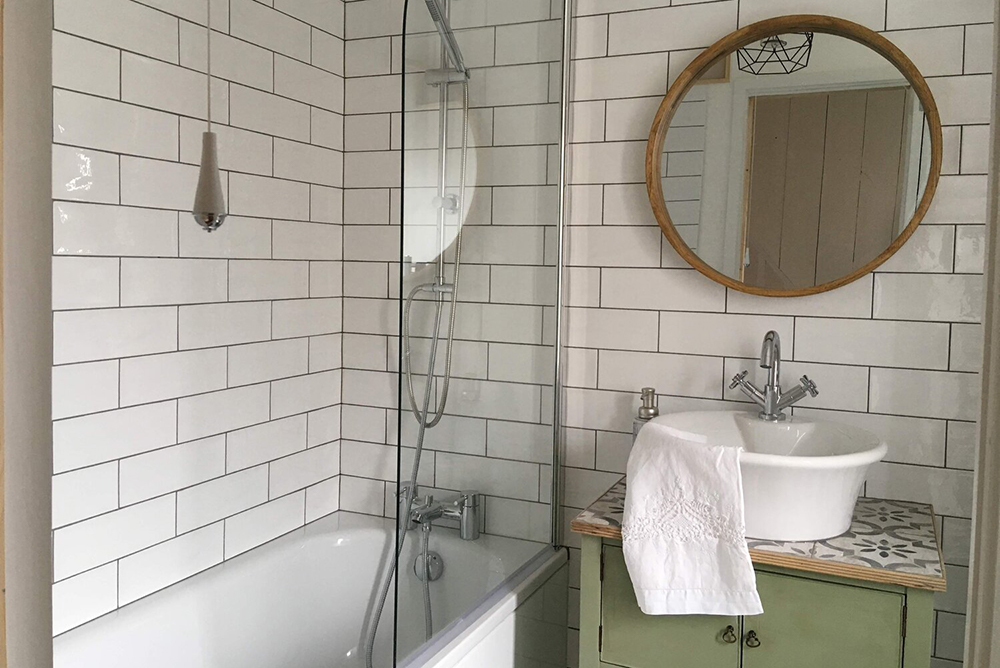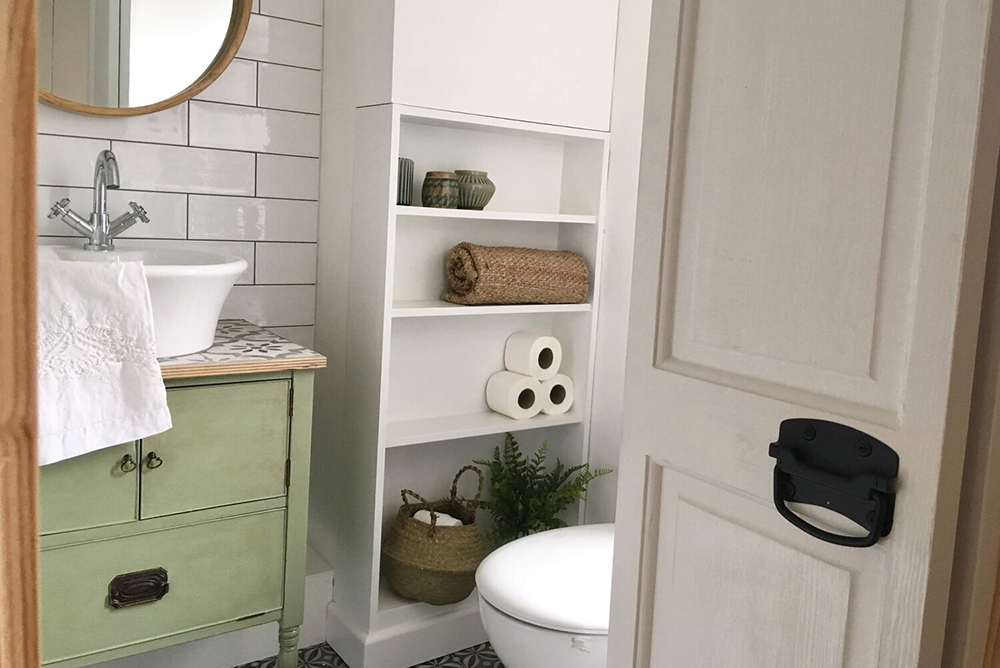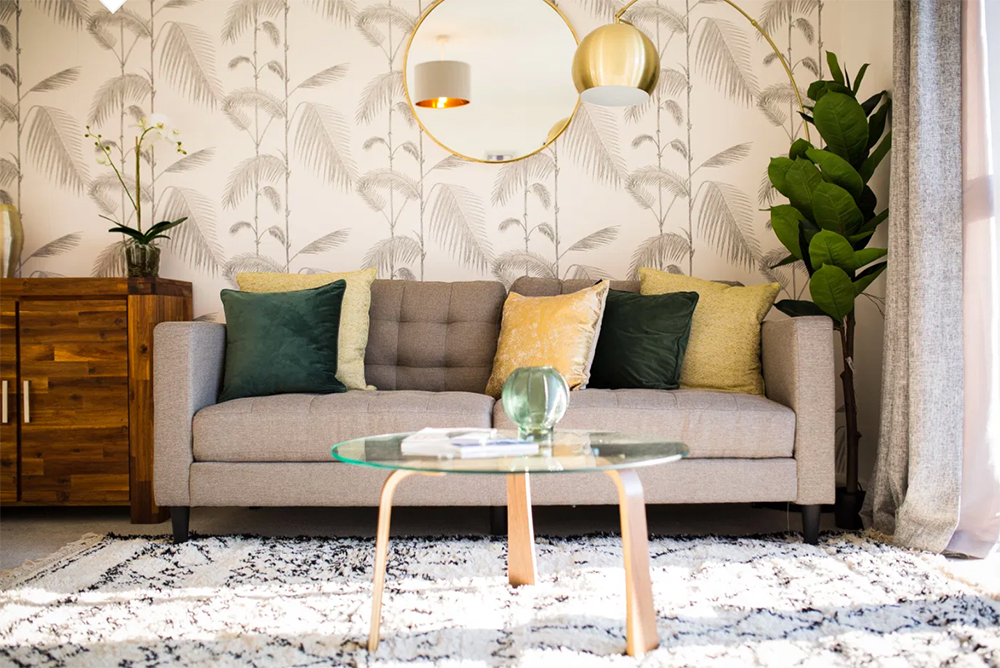
Designed to Sell are pleased to offer our new HMO and Serviced Accommodation furniture packs!
These HMO and Serviced Accommodation furniture packs can save you time and money and remove the hassle and stress out of furnishing your HMOs and SAs.
We have three HMO and SA packages to suit all budgets
Essence
Impressions
Autograph
Package includes delivery and full installation and we can deliver throughout the UK.
Check them out and give us a call or drop us an email to discuss – all can be tailored to your specific requirements and budgets.
YOUR ONE-STOP FURNISHING SOLUTION
Our furniture balance style, durability and price point – boosting retention, improving rental yields and avoiding void periods.
Delivery
Our fleet of vans work tirelessly to ensure that every product is delivered to your property with efficiency and care.
Assembled
Our professional and highly-experienced installation team will have your furniture in place with minimal disruption and the utmost care.
Installed
Installation is part of our one-stop service and is included in the price. Our teams are used to installing across a wide range of properties.
http://www.designed-to-sell.co.uk
#HMO #HMOs #Servicedaccommodation #SA #SAs #propertydevelopers #sold #Furniturepacks #UK #properties
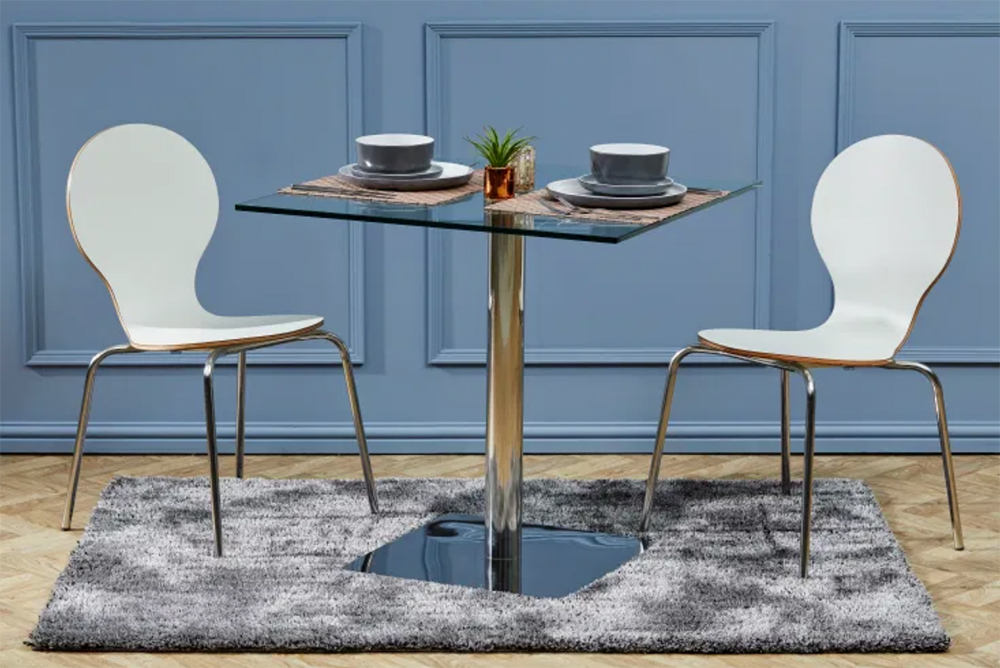

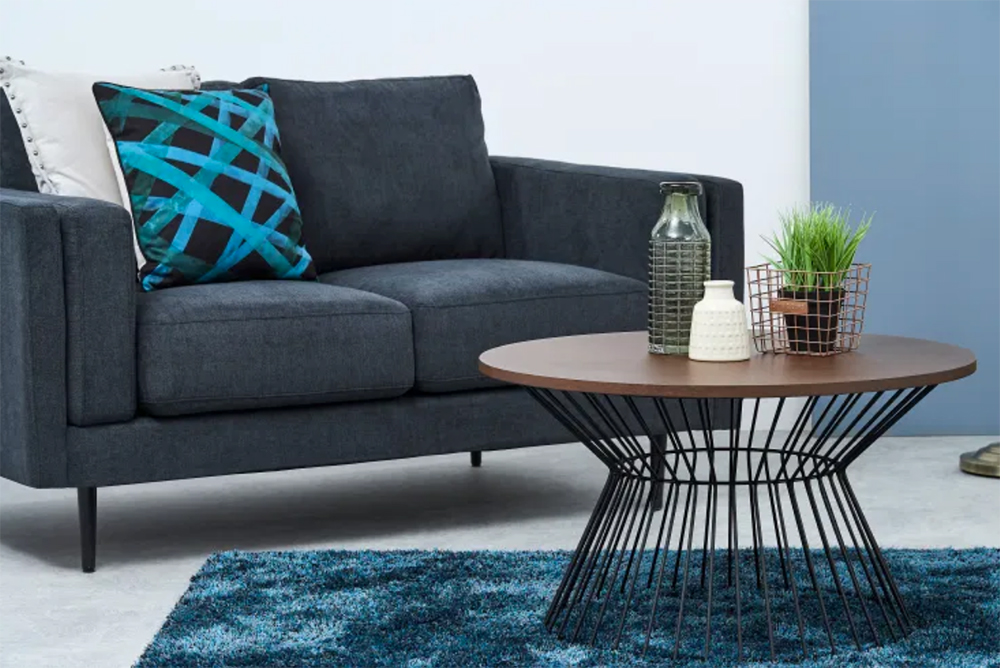
See original post on Designed To Sell
Looking to sell your property in London? Register your property with us for a fast sale. Property Sales.



